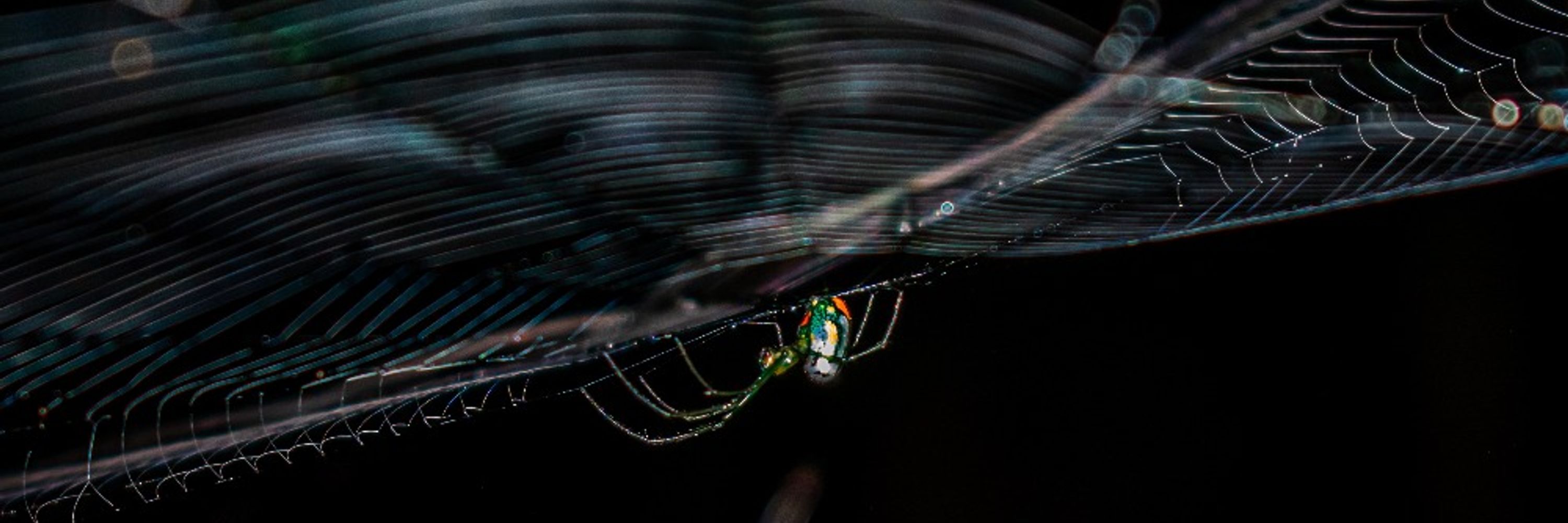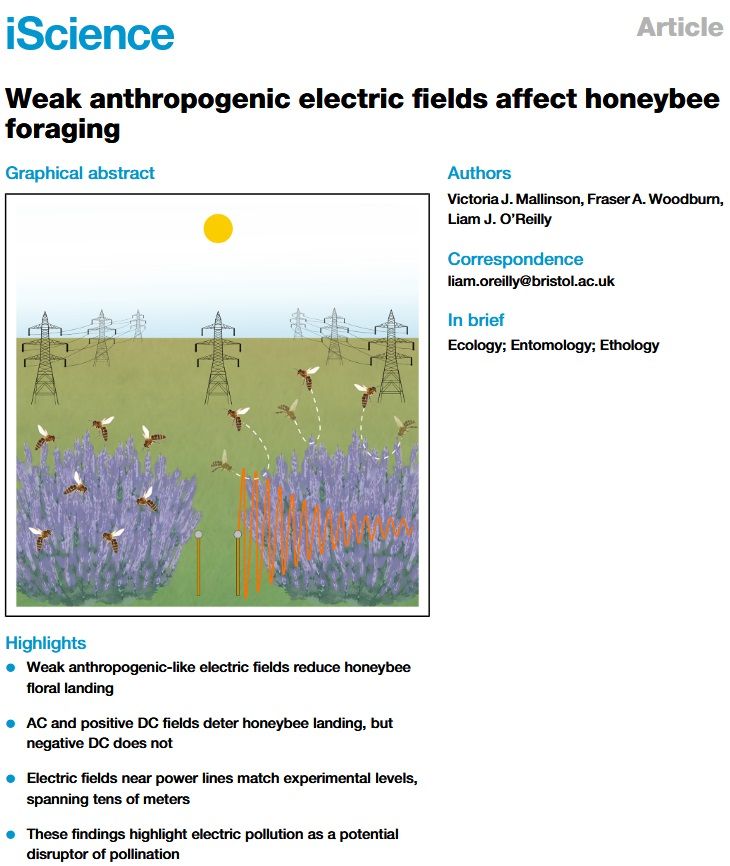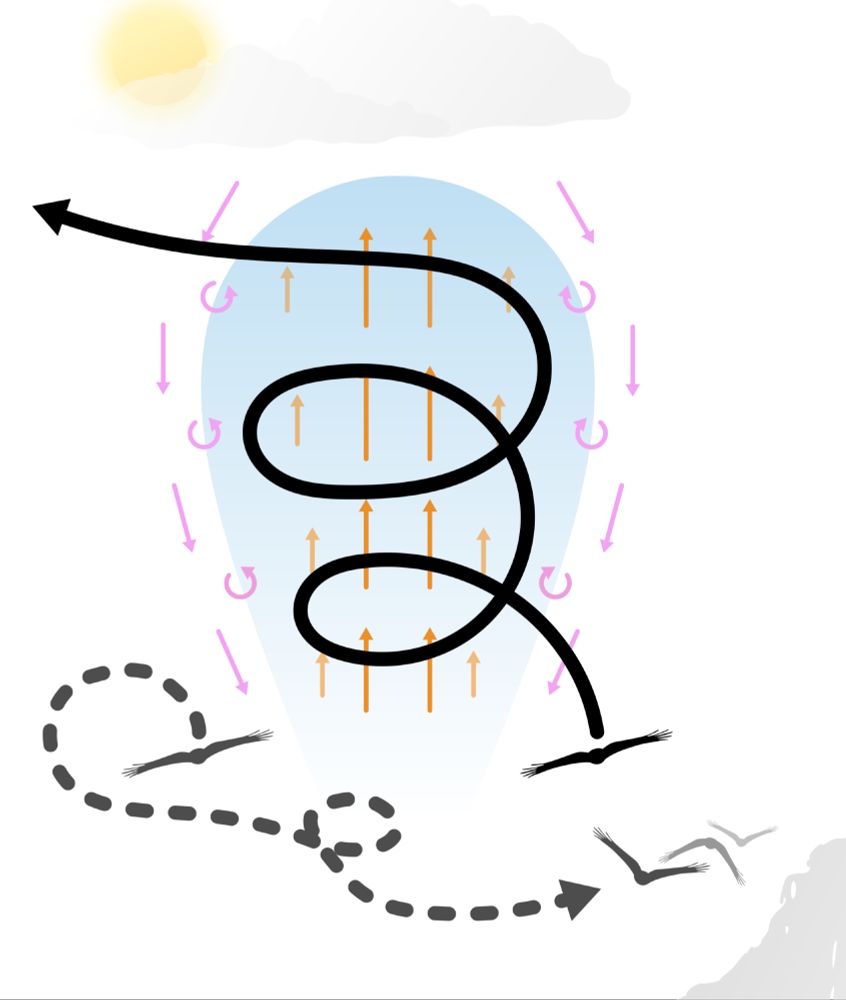
Uni Konstanz PhD student with the International Max Planck Research School (QBEE) 🦋🧠🛩️ Intrigued by invertebrate sensorimotor control, vision, computational ethology, and 8-legged animals 🏳️🌈🇨🇦
@donyaniyaz.bsky.social
@lucalivraghi.bsky.social
High efficient, glowing eye and silk gland markers
peerj.com/articles/202...
@peerj.bsky.social
@donyaniyaz.bsky.social
@lucalivraghi.bsky.social
High efficient, glowing eye and silk gland markers
peerj.com/articles/202...
@peerj.bsky.social


🐛⚡🐛👁️🐛🤝🐛👃🐛
link.springer.com/article/10.1...

🐛⚡🐛👁️🐛🤝🐛👃🐛
link.springer.com/article/10.1...
Comparing #foraging and #cognition in #hummingbirds and #bumblebees
Fieldwork in the Canadian Rockies, lab experiments at @newcastleuni.bsky.social, and ecological modelling at @uniofstandrews.bsky.social
Details (including my email) here: iapetus.ac.uk/studentships...

Comparing #foraging and #cognition in #hummingbirds and #bumblebees
Fieldwork in the Canadian Rockies, lab experiments at @newcastleuni.bsky.social, and ecological modelling at @uniofstandrews.bsky.social
Details (including my email) here: iapetus.ac.uk/studentships...



This thoughtful piece by @meganlinnay.bsky.social expands beautifully on a short review I wrote, citing 'the Sumner-Rooney cost-benefit model' of eye loss 🥲 honoured!
For anyone interested in evolution in low light, have a read! 👉 doi.org/10.1111/1365...

This thoughtful piece by @meganlinnay.bsky.social expands beautifully on a short review I wrote, citing 'the Sumner-Rooney cost-benefit model' of eye loss 🥲 honoured!
For anyone interested in evolution in low light, have a read! 👉 doi.org/10.1111/1365...
www.nature.com/articles/s4...

www.nature.com/articles/s4...

We compared deer mice evolved in forest vs prairie habitats. We found that forest mice have:
(1) more corticospinal neurons (CSNs)
(2) better hand dexterity
(3) more dexterous climbing, which is linked to CSN number🧵
We compared deer mice evolved in forest vs prairie habitats. We found that forest mice have:
(1) more corticospinal neurons (CSNs)
(2) better hand dexterity
(3) more dexterous climbing, which is linked to CSN number🧵

I'm also looking for a PhD student to join @multipleye-lab.bsky.social in our new home! Come and study the effects of light pollution on the evolution and development of spider eyes with us 🌃🕷️👀 👇


See Aenne's paper below, as well as Tal's original work here: www.nature.com/articles/s41...
See Aenne's paper below, as well as Tal's original work here: www.nature.com/articles/s41...


The adhesive can reportedly repair orthopedic fractures in 2-3 minutes, even in blood-rich environments, and is bioabsorbable.
interestingengineering.com/science/chin...

🧾Read here: www.cell.com/iscience/ful...
#ElectricPollution #PollinatorHealth #Entomology #Agroecology #EcoResearch #InsectScience #SaveTheBees #FieldEcology

🧾Read here: www.cell.com/iscience/ful...
#ElectricPollution #PollinatorHealth #Entomology #Agroecology #EcoResearch #InsectScience #SaveTheBees #FieldEcology


